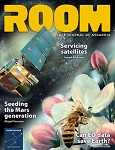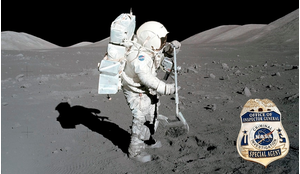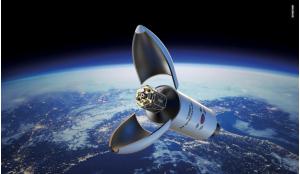Today, a number of high profile private space organisations are racing to get to the Moon and Mars or set up the long-distance transportation networks of the future. Whilst these ‘frontier’ endeavours attract the biggest headlines, there is still a massive challenge to be addressed back on Earth: connecting the unconnected in remote and developing regions around the world.
There are over five billion (August 2017) unique mobile subscribers in the world - each person now directly benefiting from and contributing to the global digital economy. Despite this large-scale adoption, a considerable proportion of the population remains offline, without access to the greatest economic enabler of our time.
The drive to ‘connect the unconnected’ has fuelled innovation, bringing affordable mobile voice and data communications to people for the very first time. Once made available, digital services and initiatives have had a proven effect on the empowerment of people, as well as improving their social and economic well-being.
The global ‘digital divide’ currently sees more than three billion people without reliable access to affordable communication service. Connecting these populations is a monumental infrastructure challenge, and those that solve the challenge are unlikely to make front-page news.














